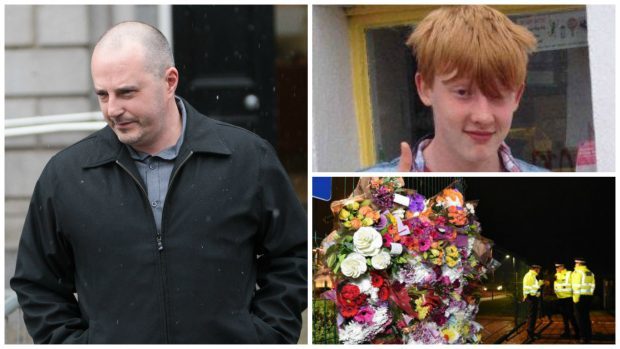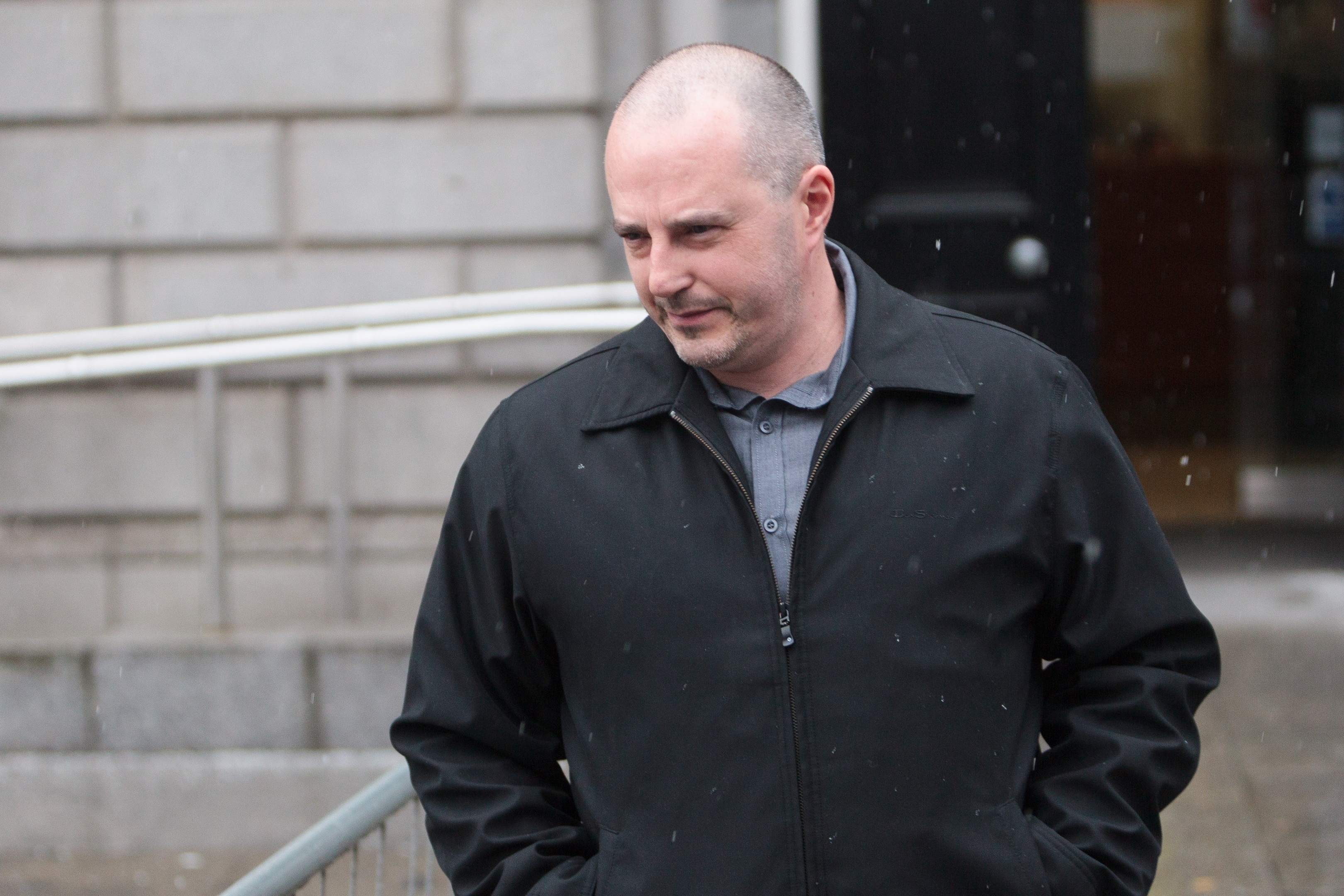The north-east schoolboy accused of murdering Bailey Gwynne broke down in court yesterday as he heard his young victim suffered “catastrophic blood loss” after the fatal stabbing.
Garry Gillespie, a paramedic for the Scottish Ambulance Service, said that he had never seen anyone as pale as Bailey was when he arrived at Cults Academy on October 28 in his 14-year career.
The emergency response paramedic was called as a witness during the second day of evidence at the High Court in Aberdeen, where a 16-year-old is on trial accused of murdering Bailey.
He admits killing the schoolboy by stabbing him through the heart but denies murder.
Mr Gillespie said that due to the nature of his job he would normally only get called out to “the most serious” incidents as he was able to reach them more quickly than an ambulance.
He said that at around 1.24pm on the Wednesday he was instructed to attend a “stabbing” at Cults Academy.
He said that during his five-minute journey to the school he received four updates – all of which contradicted each other.
As a result he did not know exactly what to fully when arrived on the scene.
Mr Gillespie said: “I was given about four calls on the way, they were all conflicting with one another.
“I got told initially that someone had been stabbed and police were on the scene and police were doing CPR. A further update said police were not on the scene and that the person was conscious and breathing.”
The court heard that when he arrived a member of staff met him at the front of the school and led him to where Bailey was lying collapsed on the floor.
Mr Gillespie said the pupil was about 20ft to 30ft from the front door and was surrounded by staff who were desperately trying to help him.
The court heard that when he approached the 16-year-old he could tell just by looking at him that the injury was serious.
And despite only observing a cut that was less than an inch long, he said it was obvious he had suffered “huge internal blood loss”.
He said: “He was lying on his right side. He was probably the palest person I have ever seen. He was conscious and he was gasping for breath. He had an obvious wound on his left hand side.”
Advocate depute Alex Prentice, prosecuting, asked Mr Gillespie what he thought Bailey’s lack of colour signified.
He replied: “Catastrophic blood loss.”
He was then asked if there was any sign of the blood loss, and replied: “Just on his shirt. It was quite obvious to me it was huge internal blood loss.
“I asked a member of staff to raise his feet to try to get more blood to reach his vital organs from his legs.”
Mr Gillespie said a mask was placed on Bailey’s face in order to get oxygen to him.
He said he also cut off Bailey’s green school blazer in order to get access to his veins so he could insert a drip to give him fluids.
The court was told an ambulance arrived on the scene at that point.
Mr Gillespie said: “They knew that we needed to get moving quickly.
“They knew that in the circumstances the intention was to get him to the A&E resuscitation room.
“The crew started to get stuff out of the ambulance, like the trolley and getting the body ready to move quickly on to it. It was at this point the patient went into cardiac arrest.”
Mr Prentice asked Mr Gillespie what that meant.
The paramedic replied: “His heart stopped but there was some electric activity. This basically signifies his heart was empty of blood.”
At this point there were cries from Bailey’s family sitting in the public gallery. His distraught parents have had to listen to the facts surround his death throughout the course of the trial.
Court officials could be seen handing them boxes of tissues and glasses of water.
Mr Gillespie said the paramedics began carrying out CPR.
But he said no matter how hard they tried there was no change in Bailey’s condition.
He said: “Everything was there by that time to move him. We did not stay very long doing CPR.”
The court heard the medics left with Bailey in an ambulance around 1.43pm, having been on the scene for about nine minutes.
He said that on the way to hospital the other paramedics continued to breathe for Bailey while he battled to save him.
He said: “I was trying to stop the bleeding coming out. I was also trying to get a further IV access into another part of his body to get more fluids into him.”
The court heard that when Bailey arrived at Aberdeen Royal Infirmary staff were waiting there ready for him.
Mr Gillespie said: “We went straight into the resuscitation room where there were a number of people there to take over.”
Mr Prentice said: “Was there anything more you could have done for him?”
Mr Gillespie replied: “No.”
The accused, who can not be named for legal reasons, sobbed with his face hidden by a tissue as he sat in the dock.

